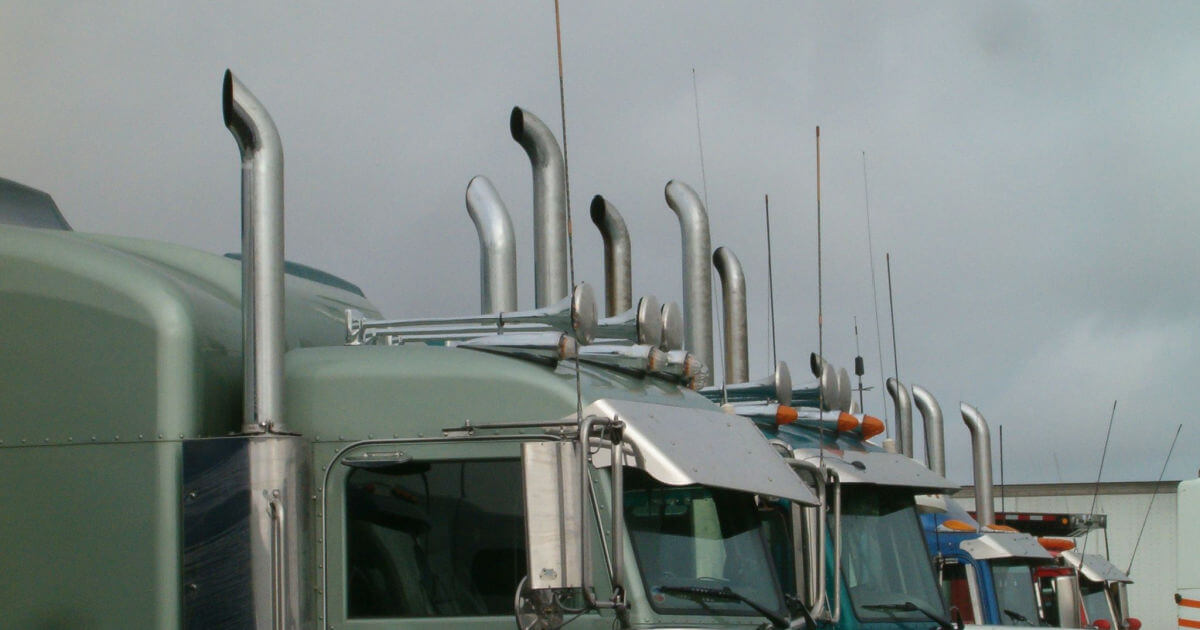
The delicate balance between reducing carbon emissions and keeping freight transportation costs low no longer appears to hold.
Stringent regulations to transition heavy-duty commercial vehicles to zero-emission rigs have been adopted by California. Now other states and the Environmental Protection Agency (EPA) appear ready to follow suit.
While the country may experience cleaner air, core inflation would likely rise, making groceries and fuel more expensive. Trucking industry leaders are calling the zero-emission policy initiatives an “inflection point” in the freight transport industry.
“Forthcoming EPA and California Air Resources Board (CARB) NOx engine emission standards and truck greenhouse gas and fuel efficiency standards, the march toward zero-emission vehicles and likely future internal combustion engine bans have created a new road map, unlike anything we have ever seen in our industry,” Glen Kedzie, American Trucking Associations vice president and energy and environmental counsel, reportedly said.
CARB has enacted among the country’s most rigorous emissions standards. The regulatory body’s Advance Clean Fleet regulation reportedly tasks public-sector fleets to be at 50 percent zero emissions by 2024 and 100 percent by 2027. Drayage trucks operating at state-regulated seaports or intermodal rail yards have until 2035 to meet zero-emissions standards. And a ban on the sale of diesel trucks is expected to take effect in 2024.
The Golden State struggles with smog and poor air quality, making such regulations essential to public health. But other states and the EPA are mirroring the CARB regulations.
The EPA continues to move its Clean Trucks Plan forward, with new rules expected to take effect as early as 2027. The federal agency is reportedly finalizing its proposed emissions reductions. Industry leaders anticipate the EPA’s Clean Trucks Plan will look eerily similar to regulations CARB has enacted.
“But we are looking at greater than 70 percent reduction in NOx. We are also hearing that EPA is looking at a significant fraction of vehicles being zero emission,” Matt Spears, global executive director of regulatory affairs at Cummins, reportedly said. “You can definitely expect to see new engine hardware and after-treatment hardware. We can expect (Diesel Exhaust Fluid) consumption to go up, but not significantly.”
The feedback from truckers operating battery-electric rigs has been mostly positive. People ask to take selfies in front of the next-generation rigs. Drivers also remark the ride feels smoother and the engine much quieter. From a cost perspective, electric and hydrogen Class 8 tractors can run triple the price of a diesel truck.
“You need to start planning ahead. This is going to be coming at us fast,” Dan Porterfield, of Covenant Logistics, reportedly said. “Our experience is 2.5 to 3 times the price of a diesel tractor.”
Electric tractors also require more frequent recharging, with best-in-class zero-emissions trucks possessing a maximum distance of 500 miles or fewer. These and other costs are likely to drive up freight rates, as well as the cost of groceries, gasoline, and consumer goods.
Sources: ttnews.com, ccjdigital.com, arb.ca.gov











Leave a Comment